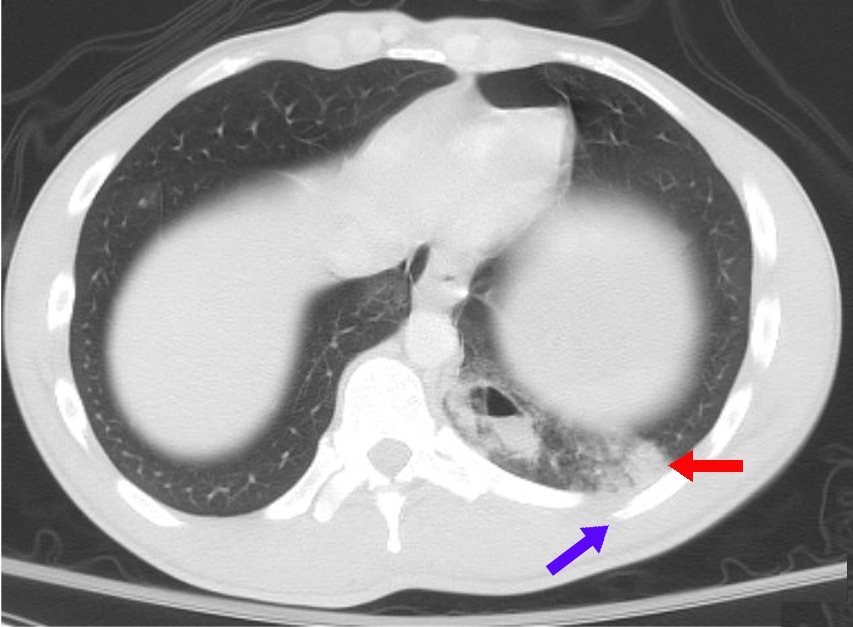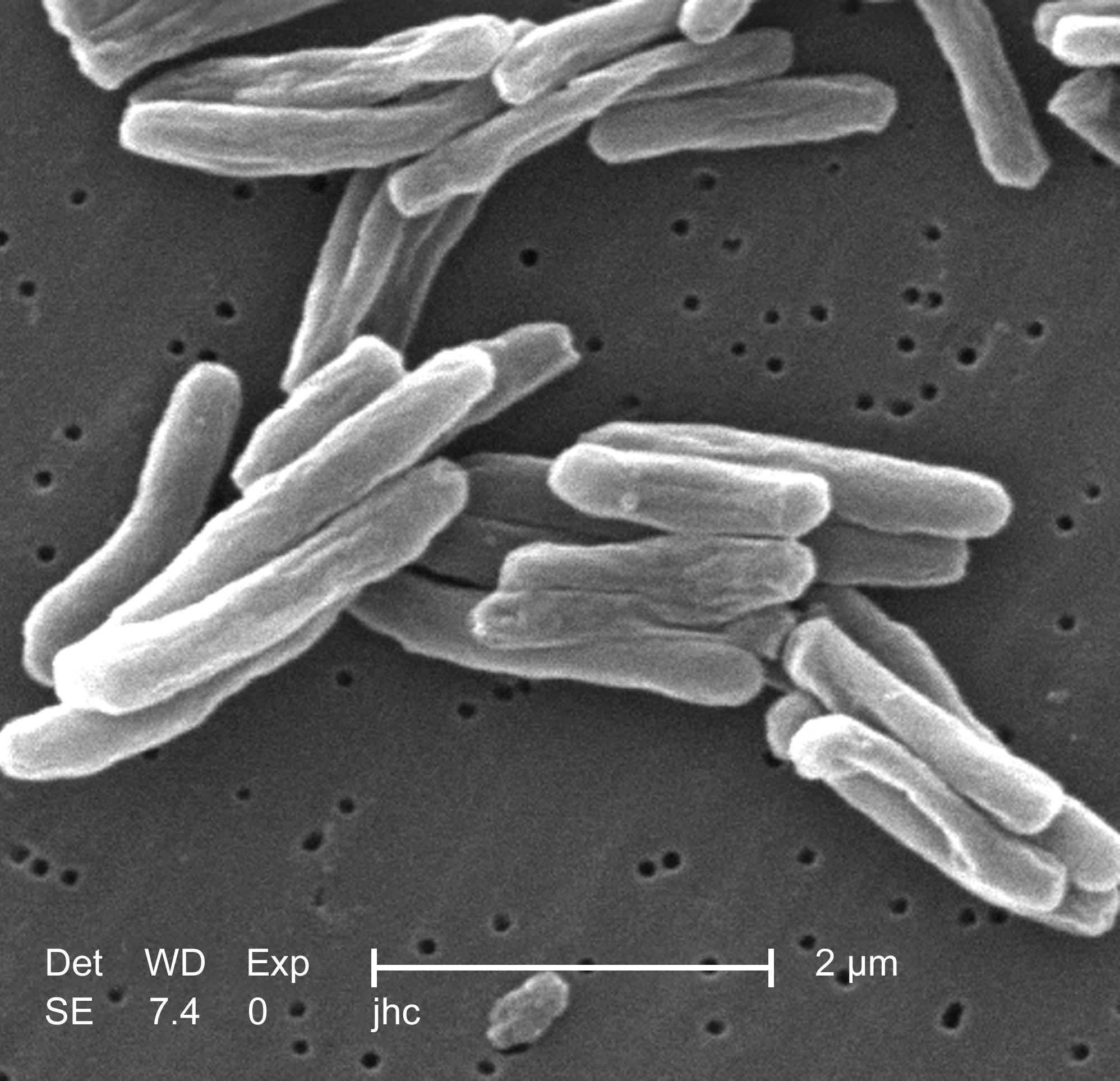|
Subclinical
In medicine, any disease is classified asymptomatic if a patient tests as carrier for a disease or infection but experiences no symptoms. Whenever a medical condition fails to show noticeable symptoms after a diagnosis it might be considered asymptomatic. Infections of this kind are usually called subclinical infections. Diseases such as mental illnesses or psychosomatic conditions are considered subclinical if they present some individual symptoms but not all those normally required for a clinical diagnosis. The term clinically silent is also found. Producing only a few, mild symptoms, disease is paucisymptomatic. Symptoms appearing later, after an asymptomatic incubation period, mean a pre-symptomatic period has existed. Importance Knowing that a condition is asymptomatic is important because: * It may develop symptoms later and only then require treatment. * It may resolve itself or become benign. * It may be contagious, and the contribution of asymptomatic and pre-symptoma ... [...More Info...] [...Related Items...] OR: [Wikipedia] [Google] [Baidu] |
Hypothyroidism
Hypothyroidism (also called ''underactive thyroid'', ''low thyroid'' or ''hypothyreosis'') is a disorder of the endocrine system in which the thyroid gland does not produce enough thyroid hormone. It can cause a number of symptoms, such as poor ability to tolerate cold, a feeling of tiredness, constipation, slow heart rate, depression, and weight gain. Occasionally there may be swelling of the front part of the neck due to goiter. Untreated cases of hypothyroidism during pregnancy can lead to delays in growth and intellectual development in the baby or congenital iodine deficiency syndrome. Worldwide, too little iodine in the diet is the most common cause of hypothyroidism. Hashimoto's thyroiditis is the most common cause of hypothyroidism in countries with sufficient dietary iodine. Less common causes include previous treatment with radioactive iodine, injury to the hypothalamus or the anterior pituitary gland, certain medications, a lack of a functioning t ... [...More Info...] [...Related Items...] OR: [Wikipedia] [Google] [Baidu] |
Subclinical Infection
A subclinical infection—sometimes called a preinfection or inapparent infection—is an infection that, being subclinical, is nearly or completely asymptomatic (no signs or symptoms). A subclinically infected person is thus a paucisymptomatic or asymptomatic carrier of a microbe, intestinal parasite, or virus that usually is a pathogen causing illness, at least in some individuals. Many pathogens spread by being silently carried in this way by some of their host population. Such infections occur both in humans and animals. An example of an asymptomatic infection is a mild common cold that is not noticed by the infected individual. Since subclinical infections often occur without eventual overt sign, their existence is only identified by microbiological culture or DNA techniques such as polymerase chain reaction. Infection transmission/signs An individual may only develop signs of an infection after a period of subclinical infection, a duration that is called the incub ... [...More Info...] [...Related Items...] OR: [Wikipedia] [Google] [Baidu] |
Disease
A disease is a particular abnormal condition that negatively affects the structure or function of all or part of an organism, and that is not immediately due to any external injury. Diseases are often known to be medical conditions that are associated with specific signs and symptoms. A disease may be caused by external factors such as pathogens or by internal dysfunctions. For example, internal dysfunctions of the immune system can produce a variety of different diseases, including various forms of immunodeficiency, hypersensitivity, allergies and autoimmune disorders. In humans, ''disease'' is often used more broadly to refer to any condition that causes pain, dysfunction, distress, social problems, or death to the person affected, or similar problems for those in contact with the person. In this broader sense, it sometimes includes injuries, disabilities, disorders, syndromes, infections, isolated symptoms, deviant behaviors, and atypical variations of stru ... [...More Info...] [...Related Items...] OR: [Wikipedia] [Google] [Baidu] |
Infection
An infection is the invasion of tissues by pathogens, their multiplication, and the reaction of host tissues to the infectious agent and the toxins they produce. An infectious disease, also known as a transmissible disease or communicable disease, is an illness resulting from an infection. Infections can be caused by a wide range of pathogens, most prominently bacteria and viruses. Hosts can fight infections using their immune system. Mammalian hosts react to infections with an innate response, often involving inflammation, followed by an adaptive response. Specific medications used to treat infections include antibiotics, antivirals, antifungals, antiprotozoals, and antihelminthics. Infectious diseases resulted in 9.2 million deaths in 2013 (about 17% of all deaths). The branch of medicine that focuses on infections is referred to as infectious disease. Types Infections are caused by infectious agents ( pathogens) including: * Bacteria (e.g. ''Mycobacterium tube ... [...More Info...] [...Related Items...] OR: [Wikipedia] [Google] [Baidu] |
Coeliac Disease
Coeliac disease (British English) or celiac disease (American English) is a long-term autoimmune disorder, primarily affecting the small intestine, where individuals develop intolerance to gluten, present in foods such as wheat, rye and barley. Classic symptoms include gastrointestinal problems such as chronic diarrhoea, abdominal distention, malabsorption, loss of appetite, and among children failure to grow normally. This often begins between six months and two years of age. Non-classic symptoms are more common, especially in people older than two years. There may be mild or absent gastrointestinal symptoms, a wide number of symptoms involving any part of the body, or no obvious symptoms. Coeliac disease was first described in childhood; however, it may develop at any age. It is associated with other autoimmune diseases, such as Type 1 diabetes mellitus and Hashimoto's thyroiditis, among others. Coeliac disease is caused by a reaction to gluten, a group of various pr ... [...More Info...] [...Related Items...] OR: [Wikipedia] [Google] [Baidu] |
Incubation Period
Incubation period (also known as the latent period or latency period) is the time elapsed between exposure to a pathogenic organism, a chemical, or radiation, and when symptoms and signs are first apparent. In a typical infectious disease, the incubation period signifies the period taken by the multiplying organism to reach a threshold necessary to produce symptoms in the host. While ''latent'' or ''latency period'' may be synonymous, a distinction is sometimes made whereby the latent period is defined as the time from infection to infectiousness. Which period is shorter depends on the disease. A person may carry disease, such as '' Streptococcus'' in the throat, without exhibiting any symptoms. Depending on the disease, the person may or may not be contagious during the incubation period. During latency, an infection is subclinical. With respect to viral infections, in incubation the virus is replicating. This is in contrast to viral latency, a form of dormancy in which the v ... [...More Info...] [...Related Items...] OR: [Wikipedia] [Google] [Baidu] |
Personality Disorder Not Otherwise Specified
Personality disorder not otherwise specified (PD-NOS) is a subclinical diagnostic classification for some DSM-IV Axis II personality disorders not listed in DSM-IV. The DSM-5 does not have a direct equivalent to PD-NOS. However, the DSM-5 other specified personality disorder and unspecified personality disorder are substantially comparable to PD-NOS. Additionally, the DSM-5 introduced the diagnosis Personality disorder - trait specified (PD-TS) as an alternative to allow the clinician to define the presentation in detail in terms of "impairment of personality functioning" and "pathological personality traits". Diagnostic criteria In all cases of non-specific diagnoses it is a requirement that the person meet the general criteria for personality disorders. DSM-IV-TR This diagnosis may be given when no other personality disorder defined in the DSM fits the patient's symptoms.Diagnostic and Statistical Manual of Mental Disorders Fourth edition Text Revision (DSM-IV-TR) Ameri ... [...More Info...] [...Related Items...] OR: [Wikipedia] [Google] [Baidu] |
Signs And Symptoms
Signs and symptoms are the observed or detectable signs, and experienced symptoms of an illness, injury, or condition. A sign for example may be a higher or lower temperature than normal, raised or lowered blood pressure or an abnormality showing on a medical scan. A symptom is something out of the ordinary that is experienced by an individual such as feeling feverish, a headache or other pain or pains in the body. Signs and symptoms Signs A medical sign is an objective observable indication of a disease, injury, or abnormal physiological state that may be detected during a physical examination, examining the patient history, or diagnostic procedure. These signs are visible or otherwise detectable such as a rash or bruise. Medical signs, along with symptoms, assist in formulating diagnostic hypothesis. Examples of signs include elevated blood pressure, nail clubbing of the fingernails or toenails, staggering gait, and arcus senilis and arcus juvenilis of the eyes. Ind ... [...More Info...] [...Related Items...] OR: [Wikipedia] [Google] [Baidu] |
Other Specified Feeding Or Eating Disorder
Other specified feeding or eating disorder (OSFED) is a subclinical DSM-5 category that, along with unspecified feeding or eating disorder (UFED), replaces the category formerly called eating disorder not otherwise specified (EDNOS) in the DSM-IV-TR.American Psychiatric Association (2000). ''Diagnostic and statistical manual of mental disorders'' (4th ed., text rev.). Washington, DC: Author. It captures feeding disorders and eating disorders of clinical severity that do not meet diagnostic criteria for anorexia nervosa (AN), bulimia nervosa (BN), binge eating disorder (BED), avoidant/restrictive food intake disorder (ARFID), pica, or rumination disorder.American Psychiatric Association (2013). ''Diagnostic and statistical manual of mental disorders'' (5th ed.). Arlington, VA: American Psychiatric Publishing. OSFED includes five examples: * atypical anorexia nervosa, * atypical bulimia nervosa of low frequency and/or limited duration, * binge eating disorder of low frequency ... [...More Info...] [...Related Items...] OR: [Wikipedia] [Google] [Baidu] |
Cardiac Shunt
A cardiac shunt is a pattern of blood flow in the heart that deviates from the normal circuit of the circulatory system. It may be described as right-left, left-right or bidirectional, or as systemic-to-pulmonary or pulmonary-to-systemic. The direction may be controlled by left and/or right heart pressure, a biological or artificial heart valve or both. The presence of a shunt may also affect left and/or right heart pressure either beneficially or detrimentally. Terminology The left and right sides of the heart are named from a dorsal view, i.e., looking at the heart from the back or from the perspective of the person whose heart it is. There are four chambers in a heart: an atrium (upper) and a ventricle (lower) on both the left and right sides. In mammals and birds, blood from the body goes to the right side of the heart first. Blood enters the upper right atrium, is pumped down to the right ventricle and from there to the lungs via the pulmonary artery. Blood going to the lun ... [...More Info...] [...Related Items...] OR: [Wikipedia] [Google] [Baidu] |
Benign Lymphoepithelial Lesion
Benign lymphoepithelial lesion or Mikulicz' disease is a type of benign enlargement of the parotid and/or lacrimal glands. This pathologic state is sometimes, but not always, associated with Sjögren's syndrome. Presentation Benign lymphoepithelial lesion is most likely to occur in adults around 50 years of age. Approximately 60–80% of those affected are female. The gland affected has a diffuse swelling. The swelling can be asymptomatic, but mild pain can also be associated. This condition occurs often in those with HIV infection. Most cases of benign lymphoepithelial lesions appear in conjunction with Sjögren's syndrome. When Sjögren's syndrome is present, the swelling is usually bilateral. Otherwise, the affected glands are usually only on one side of the body. In many cases, a biopsy is needed to distinguish benign lymphoepithelial lesions from sialadenosis (sialosis). Locations In 80% of cases, the parotid gland is affected. Lacrimal glands are also affected. Histo ... [...More Info...] [...Related Items...] OR: [Wikipedia] [Google] [Baidu] |






